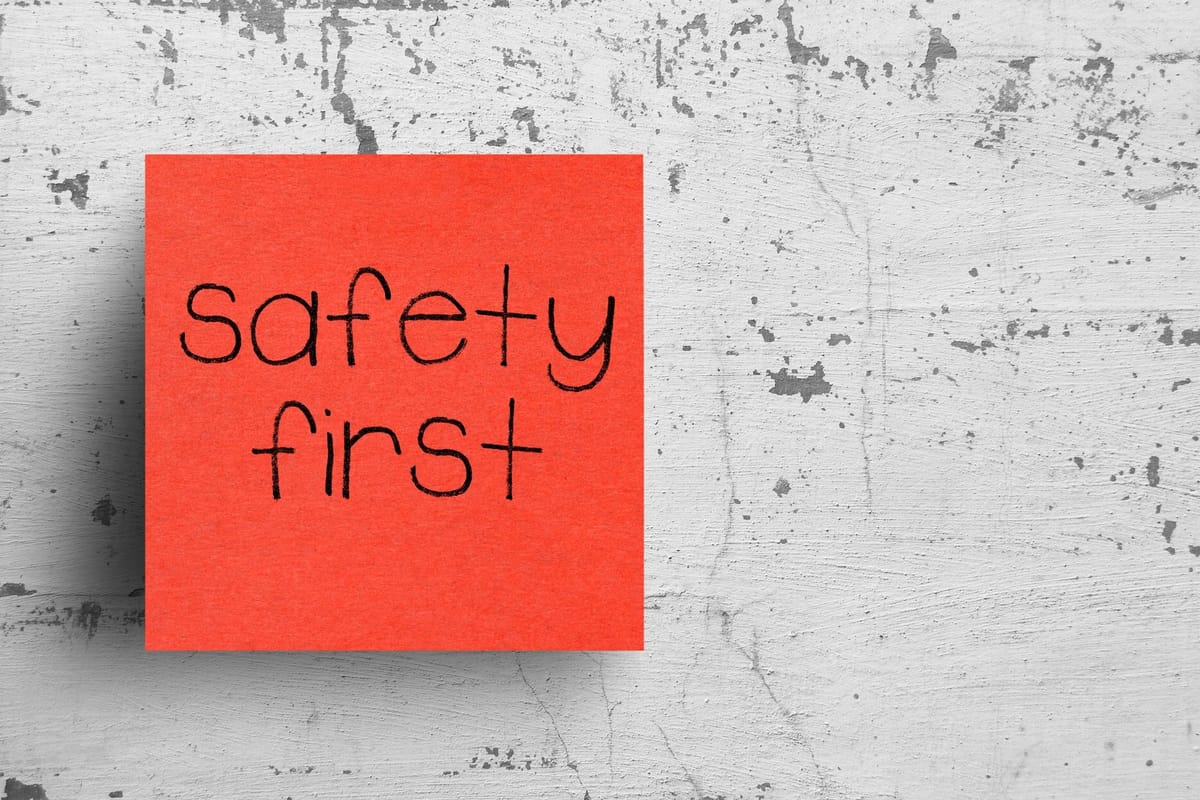
Reducing Risks with Fuels and Lubricants
Moffitt Companies understands the critical importance of safety, especially when handling and storing hazardous materials like fuels and lubricants. In the second quarter issue of Pump Up Your Knowledge: Moffitt Talks Safety, we delve into essential recommendations for safe handling and minimizing risks associated with these vital yet volatile substances. Adhering to strict safety protocols protects personnel, preserves environmental integrity, and safeguards valuable assets. Therefore, every individual involved in the transportation, delivery, and storage of these materials must understand and implement proper procedures.
Understanding the Risks: Fuels and Lubricants
Fuels and lubricants pose inherent risks due to their flammability, toxicity, and potential for environmental contamination. For instance, gasoline and diesel fuels easily ignite, creating fire and explosion hazards. Lubricating oils, while less volatile, still present slip hazards and can harm aquatic life if improperly discharged. Furthermore, prolonged exposure to petroleum products can lead to various health issues, including skin irritation, respiratory problems, and even more serious conditions. Consequently, Moffitt Companies emphasizes comprehensive training and strict adherence to safety guidelines to mitigate these dangers effectively.
Proper Handling Procedures: Minimizing Exposure
Proper handling procedures form the cornerstone of hazardous material safety. First and foremost, personnel must always wear appropriate personal protective equipment (PPE). This includes chemical-resistant gloves, safety glasses or goggles, and protective footwear. Depending on the task, respirators or full-body chemical suits may also be necessary. Secondly, workers should minimize direct contact with fuels and lubricants during transfer operations. They should use pumps and hoses designed for hazardous materials, ensuring secure connections to prevent spills. Additionally, never transfer materials by mouth siphoning; this practice introduces unacceptable risks of ingestion.
Moreover, Moffitt Companies strongly advocates for clear communication during all handling operations. Operators should confirm product types and quantities before any transfer begins, thus preventing cross-contamination or overfilling. They also need to maintain awareness of their surroundings, identifying potential trip hazards or obstructions. In the event of a spill, prompt action is crucial. Trained personnel must immediately deploy spill containment kits, which typically include absorbents, booms, and proper disposal containers. Therefore, regular training on spill response procedures is indispensable.
Effective Labeling: The First Line of Defense
Effective labeling serves as a critical first line of defense in hazardous material management. All containers, regardless of size, must display clear and legible labels identifying their contents. These labels should include the product name, hazard warnings, and appropriate safety pictograms. For example, flammable liquids should feature a flame pictogram, immediately alerting personnel to their inherent danger. Furthermore, labels should remain intact and visible throughout the material’s lifecycle, from delivery to consumption.
Moffitt Companies ensures that all delivered products arrive with accurate and compliant labeling. They also encourage clients to implement internal labeling systems for their storage tanks and secondary containers. Consistent labeling practices prevent misidentification, which can lead to dangerous mixing or improper disposal. Additionally, Safety Data Sheets (SDS) for all hazardous materials must be readily accessible to all personnel. These comprehensive documents provide detailed information on product properties, health hazards, safe handling procedures, and emergency response measures. Consequently, understanding and utilizing SDS forms an integral part of safe operations.
Secure Storage Practices: Preventing Incidents
Secure storage practices significantly reduce the risk of incidents involving fuels and lubricants. Firstly, store hazardous materials in designated areas, away from ignition sources such as open flames, electrical equipment, and heat-generating machinery. These storage areas should also feature adequate ventilation to prevent the buildup of flammable vapors. Secondly, utilize appropriate storage containers. Fuels and lubricants require containers compatible with their chemical properties, typically made of steel or approved plastics. Never store these materials in unlabeled or unapproved containers.
Furthermore, secondary containment is paramount for bulk storage tanks. This involves constructing berms, dikes, or double-walled tanks to contain any leaks or spills. Regular inspections of storage tanks, pipes, and associated equipment are also crucial for identifying potential corrosion, cracks, or other integrity issues. Moffitt Companies recommends implementing a routine inspection schedule, addressing any deficiencies promptly. Finally, segregate incompatible materials. For example, never store strong oxidizers near flammable liquids, as this combination creates an extreme fire hazard. By implementing these rigorous storage guidelines, facilities significantly enhance their safety profile.
A Shared Commitment to Safety
Moffitt Companies is committed to promoting the safe handling and storage of hazardous materials within the industry. By adhering to proper handling procedures, implementing effective labeling systems, and maintaining secure storage practices, companies can significantly reduce risks. These recommendations not only protect workers and the environment but also ensure operational continuity and compliance with regulatory standards. Ultimately, safety remains a shared responsibility, and Moffitt Companies partners with its clients to foster a culture of vigilance and adherence to best practices.




